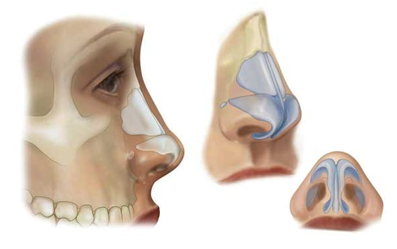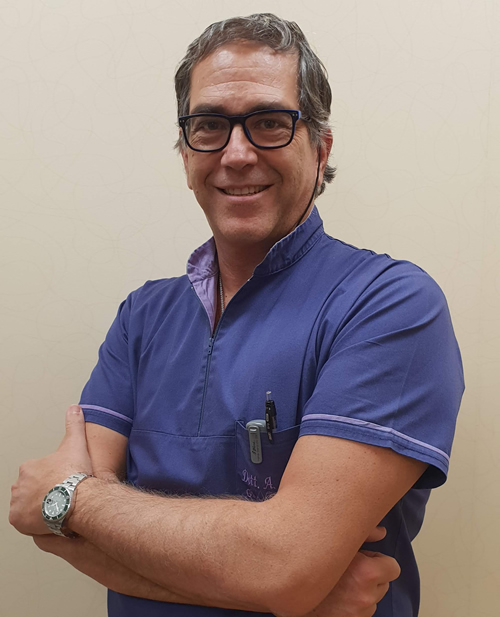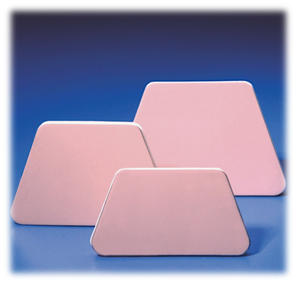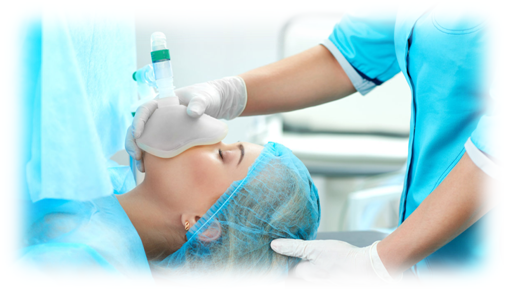What is a rhinoplasty?

The term "rhinoplasty" identifies the set of surgical procedures aimed at recovering the shape of the nose. The purpose of rhinoplasty is to correct the bone and cartilage structure (wing and triangular cartilages) of the nose, modifying the tip and the back improving their appearance. If there is also the deviated nasal septum or the hypertrophic lower turbinates it is possible to correct them by extending the surgery to them. In this case the surgery is called rhinoseptoplasty or morphofunctional surgery of the nose. The ideal objective of nose surgery, in general, is the correction of the aesthetic defect and the eventual functional restoration, while maintaining a natural shape of the nose. To achieve this goal, nose remodeling is designed according to a precise balance between the height of the nose back, its overall length and the correct projection of the tip. In addition, the new nose is programmed considering the other facial parameters. If you intervene on a nose never operated before we are talking about PRIMARY RHINOPLASTY while when we are talking about a nose operated previously, but with unsatisfactory results, we refer to is as SECONDARY RHINOPLASTY.
The pain
Some time ago, nose surgery required a great deal of courage because the news coming from the “survivors” were not at all encouraging. They told tales of great suffering, devastating facial bruises and unspeakable pain at the time of the removal of the nasal swabs. So, in many cases, the moment to operate was postponed over the years until they gave up altogether. No doubt, today things have changed. The improvement of the operating and anesthesiologiche techniques, as well as the use of minimal nasal packing and the "secrets" of the experienced surgeon, have significantly reduced the perception of pain in the days following surgery and in particular at the time of unpacking. The patients brilliantly overcome the hours after surgery without any particular discomfort.
Anesthesia
Local anesthesia can be used successfully in cases of minimal corrections, even without the use of swabs, while the use of general anesthesia in controlled hypotension puts in condition both the surgeon and the anesthesiologist to work in perfect symbiosis, allowing them to treat noses that need major work and thus obtaining increasingly accurate results. We can therefore state that today the patient undergoing nasal surgery under general anesthesia and with the use of minimal nasal swabs, does not talk about pain but about a feeling of discomfort mainly due to the side effects of general anesthesia and open-mouth breathing, condition to which one quickly gets used to without any particular discomfort. The bruises under orbits are minimal and regress, usually, in about fifteen days.
Psychological aspects
Rhinoplasty is probably the surgical procedure that involves a major and profound change in one’s image. Other cosmetic surgery of the face, such as facelift or blepharoplasty tend to restore a situation of the previous aesthetic state, that of the young age, while in the case of rhinoplasty the transformation of the face is such that the image of the patient is new and consequently requires an acceptance process that is usually promptly implemented. Human nature is usually ready to get used to improvement but this is not a constant and it varies from one person to the next. Personality disorders or futile reasons for surgery, may delay or prevent the correct period of adaptation and for this reason an accurate study of the patients' personality must be planned and carried out in advance in this type of surgery. The basic rule for the patient who wants to undergo rhinoplasty is to have good emotional stability, psychological maturity and realistic expectation. The psycho-motivational interview that patients undergo when applying for this surgery meets these requirements.
When to perform nose surgery
We do not talk about purely aesthetic surgery before the age of 18. The bony and cartilaginous structures of the inner and outer nose reach, on average, their complete development at the age of 16 in women and at 17 in men. In cases where there are structural deformities due to trauma or altered development of the nose that involve a marked difficulty to breathe, as well as an aesthetic defect, then it is recommended to intervene before the age of rhinoplasty aesthetic, but always not before the age of 16 for women and 17 for men, in order to allow a normal ventilation of the nasal cavities. Purely respiratory corrections can be made even at earlier times in order to limit cranial-facial damage by vicarious oral respiration. The deviations of the nasal septum certainly create recurrent inflammation of both the paranasal sinuses and the middle ear with headaches, called rhinogens as well as hearing disorders that can become chronic. Poor nasal respiration, in developmental age, facilitates the onset of typical facial deformities. In fact, the continuous open-mouth breathing both diurnal and nocturnal prevents the tongue to rest normally on the palate that tends to shrink and stretch, creating the so-called ogival palate and dental damage. In any case, it is good practice to undergo nasal surgery for patients in a satisfactory state of health. The nose is a structure that continues to grow with age, so it is possible, in patients over the age of 60, to control its aesthetic appearance without distorting the facial characteristics of a no longer young patient.

Rhinoplasty Malta - Dr. Agatino GALLETTA
Otolaryngology Specialist - Nose Surgeon
Dr. Agatino Galletta was born in Catania in 1965, he graduated in Medicine and Surgery from the University of Catania in 1989 and specialized in Otorhinolaryngology in 1993 and worked in public structures until 2015. Today, Dr. Galletta is a professional, receiving his patients in the new Center in Via Ingegnere 47, Catania and performs his surgical procedures at the Casa di Cura Gibiino in Catania.









